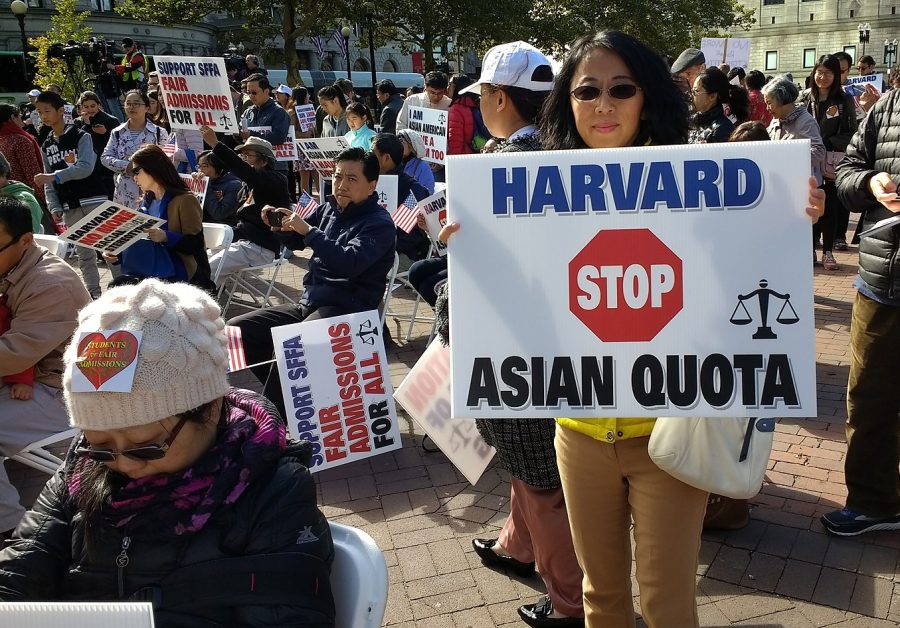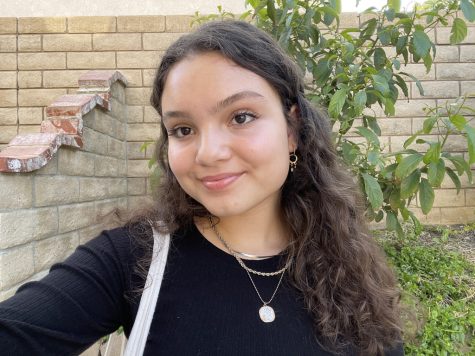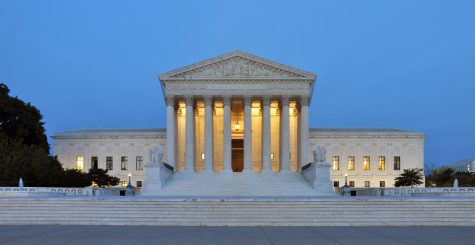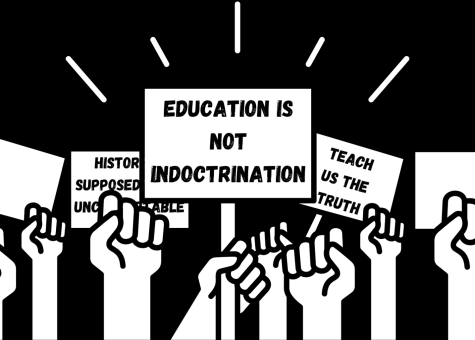The College App – Behind the Checks and Boxes
Protesters crowd in Copley Square, Boston to voice their support on the lawsuit from Students for Fair Admissions against Harvard on October 14, 2018. (https://commons.wikimedia.org/wiki/File:Students_for_Fair_Admissions_Rally.jpg)
February 20, 2021
“What is your race?” A seemingly benevolent question. Are you Black? Are you white? Are you Asian? Are you Hispanic? Are you Latino? This question is infamous for its ability to alter the college admissions process significantly. Systemic bias and racial discrimination have been proven to plague the college admissions process and trivialize applicants of a certain race, particularly Asian-Americans.
Junior year is notorious for its ongoing and demanding college applications that students who desire to attend a university must endure. Rising seniors collect every strand of individuality that they may have displayed of themselves throughout their high school years and stuff it into the exacting, nerve-wracking portfolio that is the college application. Devotion, hard work, and determination are prevailing in the high school careers of those seeking to attend the matriculating class of their dream school. However, there is an impactful integrant of the application that cannot be controlled.
The Common App is an online application for high school students to submit their applications to the universities and colleges of their choice. This application is connected with over 900 schools, making it a popular choice for students across the globe. Once the application is submitted and finds its way under the eyes of an admissions officer (who may follow the ideals of the “model minority”), the efficacy of those four, demanding years all become determined by a series of checked boxes, the eloquence of the submitted essays, and the race of the applicant. Asians have been statistically proven to display lower rates of admission at elite universities. The Harvard Crimson reported that in 2017, 5.6% of Asian Americans who applied to Harvard were accepted, whereas 7% white applicants, 6.8% African American applicants, and 6.1% Latino applicants were accepted. The admissions rate for Asian Americans is notably lower than that of applicants of other ethnicities/ races, despite their high representation rate. Individuality is difficult to showcase when it is smothered by systemic bias.
A case that sparked in 2014 has shed some much-needed light upon this issue, revealing irregularities in Harvard’s admission process. A nonprofit organization headed by Edward Blum, a legal strategist who specializes in cases involving race and ethnicity, known as Students for Fair Admissions filed a lawsuit against Harvard University’s admission policies. This suit claimed that Harvard evaluated the applicants discriminatorily, using the race of an individual as a prime determiner of their application. The suit continued by claiming that in doing this, Harvard’s admission process makes it more difficult for Asian American applicants to be accepted. Although Judge Allison D. Burroughs denied these accusations, Harvard claimed its affirmative action program—a program meant to bestow equal opportunities to groups of people who displayed historical injustice (i.e., women, minorities)—gives disadvantaged applicants a leg up in being admitted to elite universities. By doing so, Harvard has put other demographic groups at a disadvantage.
Further, as cited in the lawsuit, a 2013 examination by Harvard reveals what the admissions statistics results of students would be if applicants were admitted solely for their test scores and academic achievements (disregarding extracurriculars and recommendations/ personal ranking). In 2013, Asian Americans represented 18.7% of their class at Harvard, whereas if they were admitted solely for their academic achievements and stats, that number would rise to a prodigious 43.4%. Although, even when extracurriculars and personal achievements come into play, admissions officers still found that the number of Asian American students that they would admit versus the number of students actually admitted continues to display that Asians are under admitted.
Although it is important to understand that universities and colleges are seeking diversity within their campus, there is still undeniable systemic racism transpiring against Asian Americans. Demographic injustices are prevailing in modern-day society, making racial discrimination even more of a pressing issue that must be addressed.













